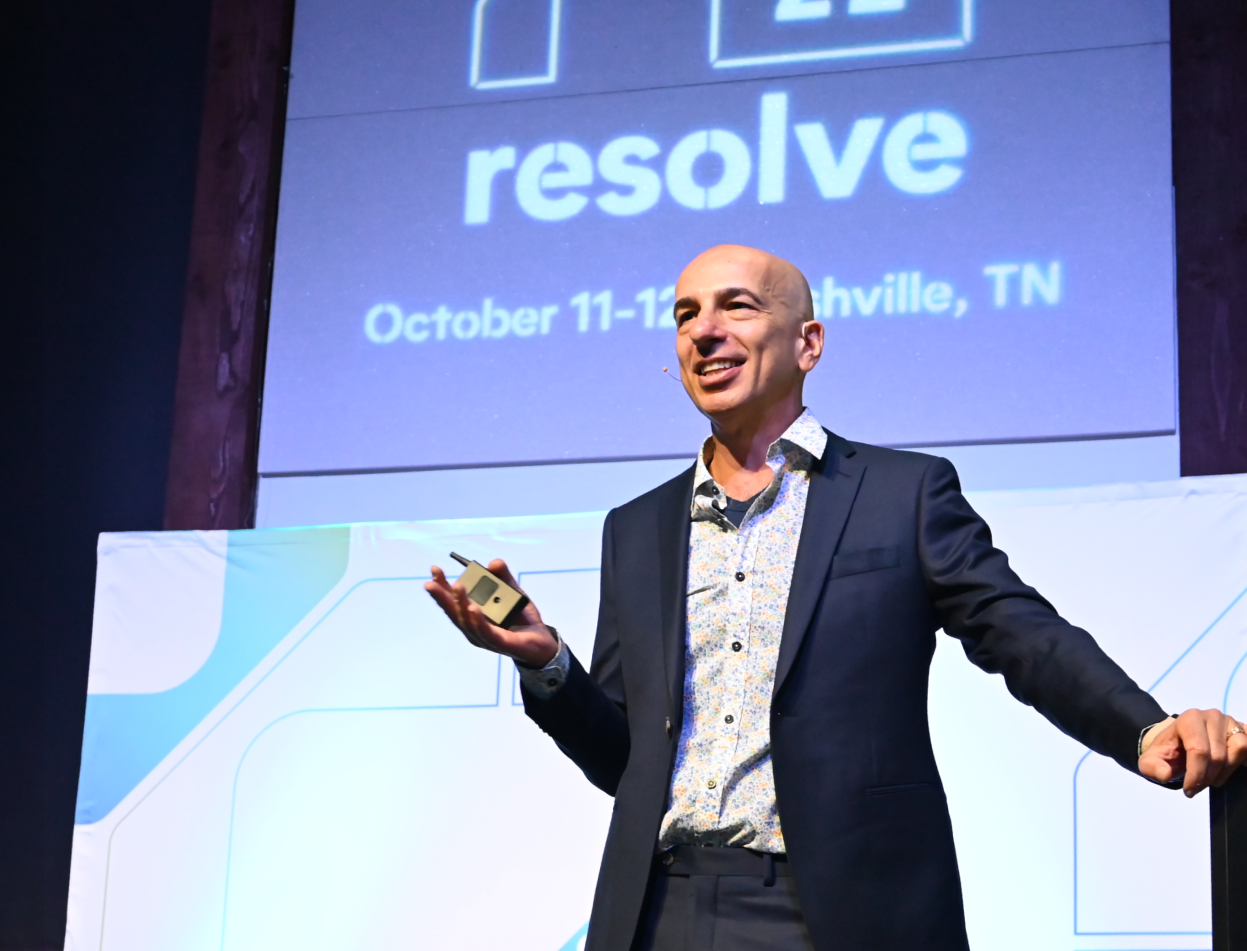Using conversational AI for customer service comes with its own unique set of requirements when done at an enterprise scale.
Usually, the enterprise-specific requirements that first come to mind are features like robust security, outage-proof reliability, or the ability to scale with huge spikes in call volume.
But from a customer perspective, choosing an AI solution that can effectively serve a broad and diverse population of callers can be just as important for large scale contact centers.
Because enterprise organizations, by nature, serve a wide-ranging and diverse customer base, any AI solution they explore must be able to support different cultures, ages, and levels of technology savviness.
Without these capabilities, businesses can end up investing time and resources into an AI solution that struggles to resolve customer requests and ultimately leads to more agent escalations, poor CSAT, and significantly limited cost savings.
Here are some of the most important and commonly overlooked considerations for enterprise contact centers exploring AI:
Global knowledge and personalized communication
An enterprise-level customer base can be located anywhere in the world and speak any number of languages. As such, your evaluation of AI-powered automation should start with how well a given solution can converse in several languages and the many dialects of each that come with their own nuances.
In addition, how well a solution can personalize outbound communications can have a big impact on the success of proactive customer service use cases. An AI solution should be able to seamlessly integrate with your knowledge base of customer data in order to reach customers in their preferred language, and when it’s most convenient for their specific time zone.
Conversations for every customer’s culture
Kimberly Brebner, a long-time global business services executive at UPS, is one CX leader who understands that cultural differences among customers can span more than just language and location.
“Customers calling in when they’re not happy will say certain things, and if you don’t know that they’re being sarcastic, you can inappropriately answer or respond to it,” she says. “We learned very early in the evolution of the global support to train on the sarcasms … to make sure whether it be a person or even a technology that we are appropriately responding.”
For AI solutions, the requisite feature needed to cut through the infinite number of ways customers can say the same thing is contextual disambiguation, the ability to accurately detect the intent behind every possible phrase a customer might say. In addition, GenAI guardrails must be present for any LLM-connected solution to ensure that off-color customer utterances don’t cause it to go off script or try to repair a situation they’ve misinterpreted.
Conversations designed to maximize resolutions
Serving all customers effectively is measured, above all, by a solution’s ability to fully resolve requests, not simply its ability to carry on a conversation. From a technical standpoint, resolution starts with understanding. An inference accuracy rate of at least 95% will allow customers to ask wordy, multi-intent questions for more dynamic conversations.
AI solutions must also be fine-tuned through conversation design specifically to lower handle times and maximize resolution rate for your customer base, whether or not a request goes down the happy path. It’s also crucial that AI solutions have a strong ability to collect long strings of numbers and letters, like a member ID, across different customer bases.
Finally, conversations should be able to handle complex flows beyond just routing and authentication. Requests like food ordering, for example, require a solution that can handle background noise, a large set of possible combinations, and the many different ways callers pronounce things.
Proactive and contextual agent handoffs
AI’s ability to resolve common customer requests just as effectively as agents has made it a transformational solution for contact centers. But agents are still more crucial than ever.
“I think some of the sauce people have to figure out is still, how do you have that emotional connection to the customer?” says Brebner. “You could put technology in place, and it could be very efficient. But people are still people.”
Any enterprise-level AI solution should be able to know not just when an agent escalation is needed, but how to handoff a call efficiently. It should be able to understand frustration, urgent requests and even emergency situations to route callers quickly and accurately. And with contextual handoffs, AI should have the ability to instantly provide agents with a summary of a caller’s request, minimizing the amount of information that needs to be repeated.
Accessibility for all backgrounds
AI has quickly proven its ability to improve agent experiences and lower contact center costs by up to 50% all while accommodating diverse populations ranging from senior customers to those with disabilities. But deploying and scaling AI is still a daunting task for many contact centers.
No matter which strategy you choose to go with, beginning with a Call Assessment is the most effective place to start. This exercise helps you identify the most AI-ready call types in your contact center and allows enterprises to tailor their AI evaluation to their unique caller base and highest-value use cases.





